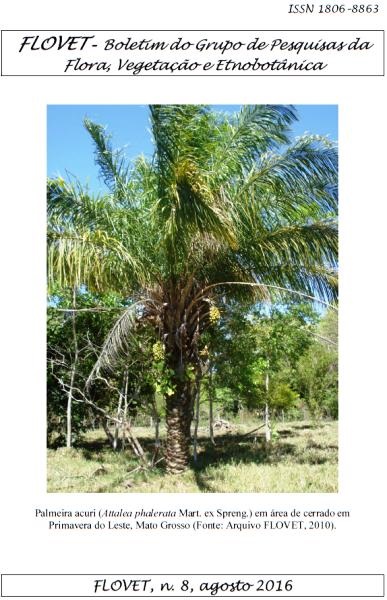CHESTNUT-DO-BRAZIL (BERTHOLLETIA EXCELSA HUMB & BONPL.) – LECYTHIDACEAE: ETHNOBOTANY IN FORESTS OF BRAZIL AMAZONIAN
Resumo
The ethnobotany reveals people's knowledge through the use of the Brazil nut highlighting the economic, environmental and cultural importance of the species. The study aimed to rescue the empirical knowledge about the collection and management ethnocategories of uses of chestnut trees in Amazonian forests. The methodological procedures consisted of direct observation, semi - structured interviews, guided tour, photographic record. Data were collected in 2013 from the extraction to the processing of improvement chestnut. The population lives in harmony with the forest diversity, classify and name the chestnut as a ethnocategories of uses. Socioeconomic data show that the majority is male and the age ranged from 22 to 79 years old. Regarding education 60 % have incomplete primary education and 40 % have no schooling. Informants appoint the chestnut according to their morphological and botanical characteristics yielding empirical ethnoclassification reporting three types: pink, mirim, gust. The difference is in the color of the wood, the size of the fruit and seeds and number of seeds. It is concluded that the knowledge issued on the use and management with chestnut involve heritages and cultural traditions, beliefs and religiosity, which are passed from generation to generation and avoiding local cultural erosion.








